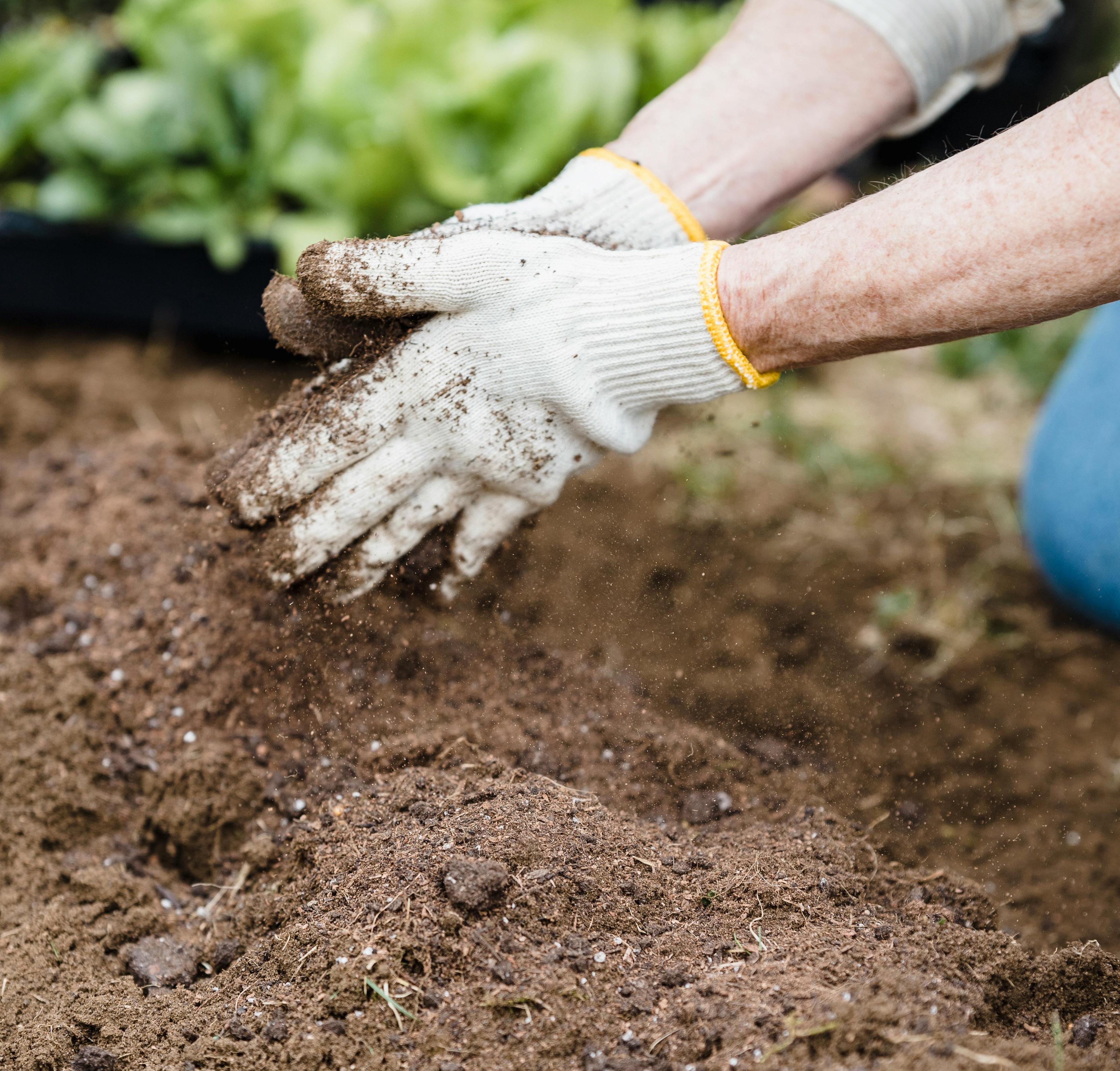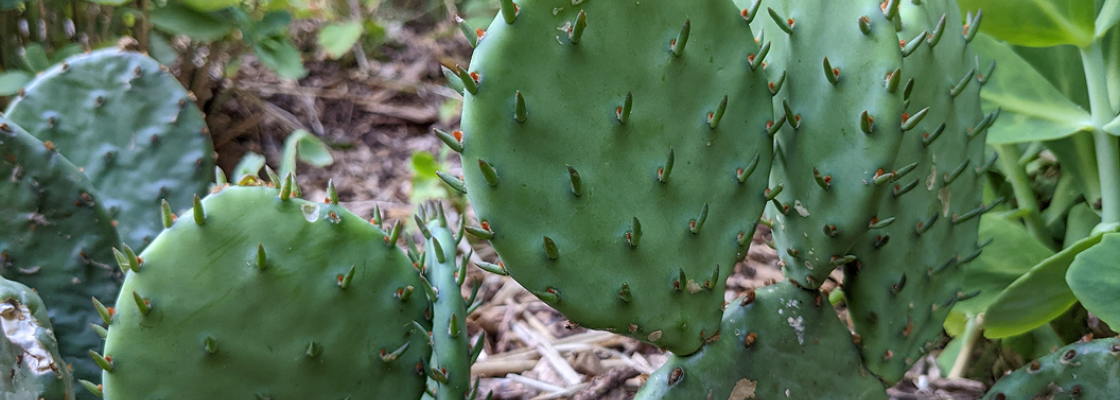
Planting in Dry, Sandy Soil
Due to its gritty nature, sandy soil allows for good drainage and healthy root development. Some plants, however, may struggle to cope with its tendency to become parched and its relative lack nutrients.
To improve your soil’s moisture retention and nutrient content, mix topsoil (or a combination of topsoil and well-composted organic material) into the soil surface before planting a new bed or stir some into the hole and backfill soil of individual plantings. Blanket the ground surface with several inches of shredded wood or bark mulch to help the soil remain moist and cool, taking care not to cover any above-ground plant tissue.
Taking these measures to amend your sandy spot will help your plants acclimate to their new home while they develop deep enough root systems tolerate dry spells.
The plants listed here are renowned for their performance in dry, well-drained sites:
Anise Hyssop (Agastache)
Bachelor Button (Centaurea)
Barrenwort (Epimedium)
Basket of Gold (Aurinia)
Bearberry (Arctostaphylos)
Bearded Iris (Iris germanica)
Beardtongue (Penstemon)
Blanket Flower (Gaillardia)
Bluebeard (Caryopteris)
Butterfly Bush (Buddleia)
Butterfly Weed (Asclepias tuberosa)
Candytuft (Iberis)
Catmint (Nepeta)
Creeping Phlox (Phlox subulata)
Cupid's Dart (Catananche)
False Indigo (Baptisia)
Hen & Chicks (Sempervivum)
Hollyhock (Alcea)
Jupiter's Beard (Centranthus)
Lamb's Ear (Stachys)
Lavender (Lavandula angustifolia)
Lead Plant (Amorpha canescens)
New Jersey Tea (Ceanothus)
Ornamental Grasses
Ornamental Oregano (Origanum)
Pinks (Dianthus)
Poppies (Papaver)
Plumbago (Ceratostigma)
Prickly Pear Cactus (Opuntia)
Purple Prairie Clover (Dalea purpurea)
Red Hot Poker (Kniphofia)
Russian Sage (Perovskia)
Sea Holly (Eryngium)
Sea Thrift (Armeria)
Sedum
Silvermound (Artemisia)
Snow in Summer (Cerastium)
Soapwort (Saponaria)
Spurge (Euphorbia)
Sundrops (Oenothera)
Thyme (Thymus)
Tickseed (Coreopsis)
Whirling Butterlfies (Gaura)
Winecups (Callirhoe)
Yarrow (Achillea)
